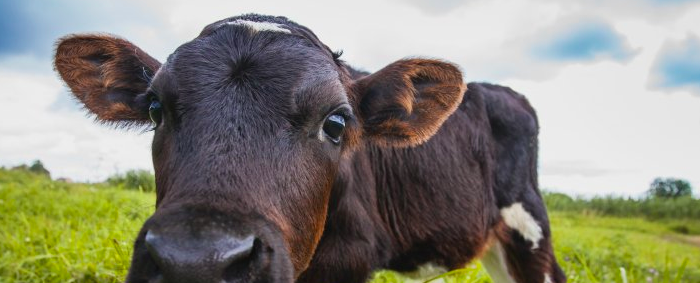
A little riddle!
Question: Do you know when was the last cow from Paris ?
Answer: in 1971 .
At the moment when the City of Paris announced the creation of a giant urban farm at the Porte de la Chapelle , it seemed important to show with this little riddle in the form of a booster, that urban agriculture is not a new concept , even less, we’ll see, a Parisian bobo thing in bad nature .
Urban agriculture is not new
In Paris and in the suburbs, we have already spoken in these same columns of Walls fishing Montreuil – and how, until the end of the 19th century, we still cultivated at the gates of the capital.
This agriculture – urban! – was already placed under the auspices of circularity , since she received from the city, in exchange for her good vegetables, the horse dung, or even the contents of the chamber pots of the people of the city.
Today, to return to such practices is obviously complicated : the land gallops, the cultivable land recedes – and for the moment, imagine planting on the roofs is certainly nice, but we will not go far: in Paris, there is about 80 hectares of roofs where it would be possible to cultivate – which corresponds in terms of the possible production, if at all that one cultivated the whole of this surface to … less than 7% of the annual intra muros consumption .
That said, wheat is grown mainly in the Ile de France, and there is little market gardening: there is thus 4 times the consumption of bread wheat – which is therefore exported outside the region. Fun not? While in the same region, only 16% of the farms are in short circuit.
And elsewhere? The example of southern countries
For once, if in Paris and more generally in the urban agglomerations of the so-called developed countries, the fields have been expelled far from the cities, the southern countries are setting an example ! And yes, in southern countries, urban agriculture is law to be a matter of bobo! In Africa, it is often of 60 to 100% fresh produce consumed in the city that are in-city or inner suburbs!
In Ouagadougou, land cultivated in urban areas has almost tripled in 13 years ! (1). Logic: the needs are there!
Why is it important?
In 2050, according to the UN, 80% of European and North American city dwellers will live in cities. The flows (materials, energy, water, etc.) entering and leaving the cities have become linearized during the twentieth century, providing cities with little resilience and generating sometimes significant environmental impacts. There is therefore an urgent need for contemporary cities to integrate respect for their environment and food supply as priorities (2).
Towards a definition of urban agriculture
So what is urban agriculture? Gardening in the city?
No, not really, although of course the practice of amateur gardening is encouraged, with the positive results that we know: a family who practices in a collective garden consumes on average 40% more vegetables than a non-gardening family – and we do not talk about the savings they make, nor about the positive aspects for the community.
But urban agriculture is also other practices: market gardening of course, but also vertical farms , X-ponies (aquaponics, hydroponics, aeroponics …), and perhaps many other things to to invent!
So, how to define it?
An interesting criterion to qualify the AU – Urban Agriculture, for the intimate! – is the concept of exchanges. what qualifies urban agriculture is the quality and multiplicity of exchanges with the city – in a two-way relationship – we can speak of circularity. We think in particular of …
- Sensitize city dwellers to local consumption.
- valorize bio-waste
- recycle water
Among the many definitions of urban agriculture, that given by the United Nations Organization on Agriculture and Food (FAO) is close to this observation:
“Urban and peri-urban agriculture is defined by agricultural practices in cities and around cities that use resources (land, water, energy, labor) that can also be used for other purposes to meet the urban population “(FAO, 2007)